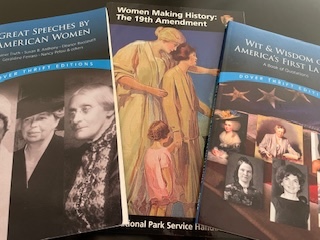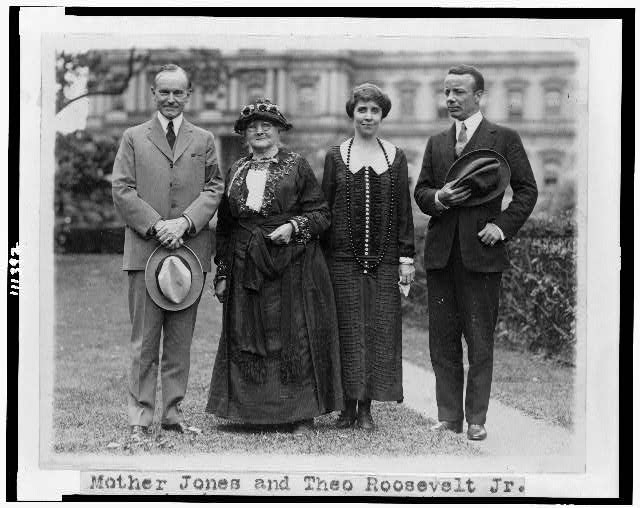February 2022
It’s cold in Boston as I write and I’m feeling cooped up. Maybe you are too. I don’t have a magic fix but I think books can help. So my subject this month is books, starting with my own.
I’m over the moon with the endorsements the book received. Claire Messud, Louis Menand, Sven Birkerts, Lisa Napoli and Tufts University professor Virginia Drachman all had nice things to say. You can see their endorsements here.
The book will be in stores by March 1, or in your mailbox if you pre-ordered. (Thank you for the pre-orders!) If your bookstore doesn’t have it yet, they can order it for you, or you can go online to bookshop.org or, if you must, Amazon. Publicity will start to roll out in March – podcasts, book reviews, interviews, articles, even a video trailer. To see what’s happening, please check my website.
*********
Now, on to other books. I’ve been on a quest to see how other authors tackled the challenge I faced — relating history and biography in innovative ways. Here’s where my recent reading took me.
All the Frequent Troubles of Our Days, by Rebecca Donner, is about Donner’s great-great aunt, Mildred Harnack, an American in Germany in the 1920s and 30s who became part of the underground resistance to Adolph Hitler’s rule. Going in, the reader knows that Harnack will eventually be executed, but Donner maintains suspense as to when and how that dénouement will occur. She writes in the present tense, as though the historical events are unfolding around us. Chapters are short, and subdivided further, with some sections only a paragraph long. Their staccato effect creates a sense of unease that echoes what Harnack and her co-conspirators must have felt. Sometimes Donner assumes the role of omniscient narrator and describes a character’s private thoughts. Purists will say she has taken liberties and they may have a point. Still, the book has ignited interest in using the techniques of fiction to tell stories that are true.
In Travels with George, Nathaniel Philbrick mixes travelogue with history. The premise is that he, his wife and their dog will retrace the routes George Washington took when he visited the original 13 states. Washington was reluctant to become president, but once he was, he used his unprecedented popularity to knit the fledgling country together. Philbrick follows the same routes as much as possible (often the Post Road), and relates what Washington found when he visited the cities and towns as early as 1789. Philbrick gives a contemporary take on the same places, including how the subject of slavery is remembered and discussed. Slavery, of course, hangs over Washington’s legacy. Acknowledging that, and questioning why he did not do better, Philbrick concludes that the first president’s political achievements were nonetheless considerable.
In a third reading excursion, I tackled two books on the same subject: David Michaelis’s Eleanor, a biography of Eleanor Roosevelt, and Amy Bloom’s White Houses, a fictional account of the relationship between Eleanor and Lorena Hickok. “Hick” is a figure in the biography, but midway through the book she fades out of Eleanor’s life. Bloom, however, places Hick at the center of her novel. In the aftermath of FDR’s death, Hick reminisces about the intense romantic and sexual relationship she once had with Eleanor. The story is grounded in actual events and people but told in imagined and dramatized detail. Quite successfully, in my opinion.
Have you read these books? What did you think? Can you share other examples of experiments in the telling of true stories?
Here’s a final request. When you do read my book, please leave a review on Amazon, Goodreads and, if there is one, your bookstore’s site. Thanks for that and thanks for reading this newsletter.




